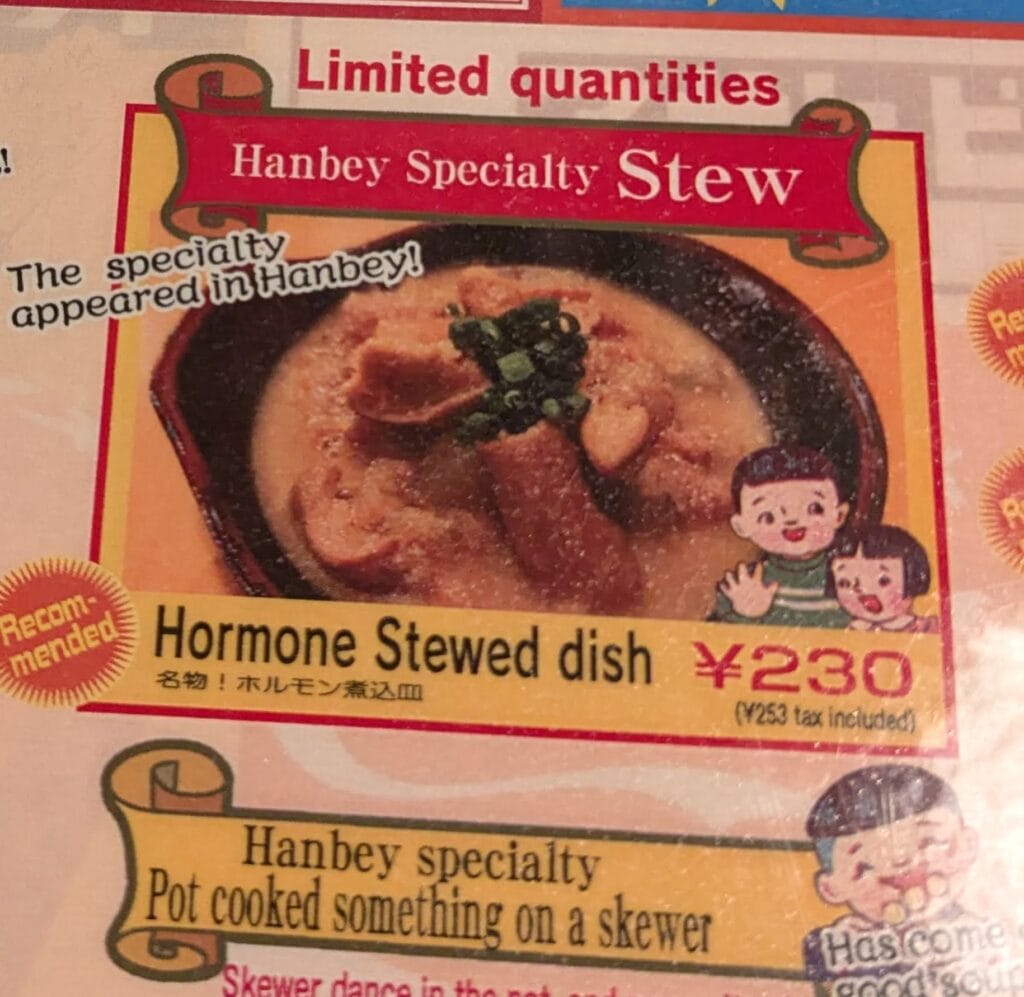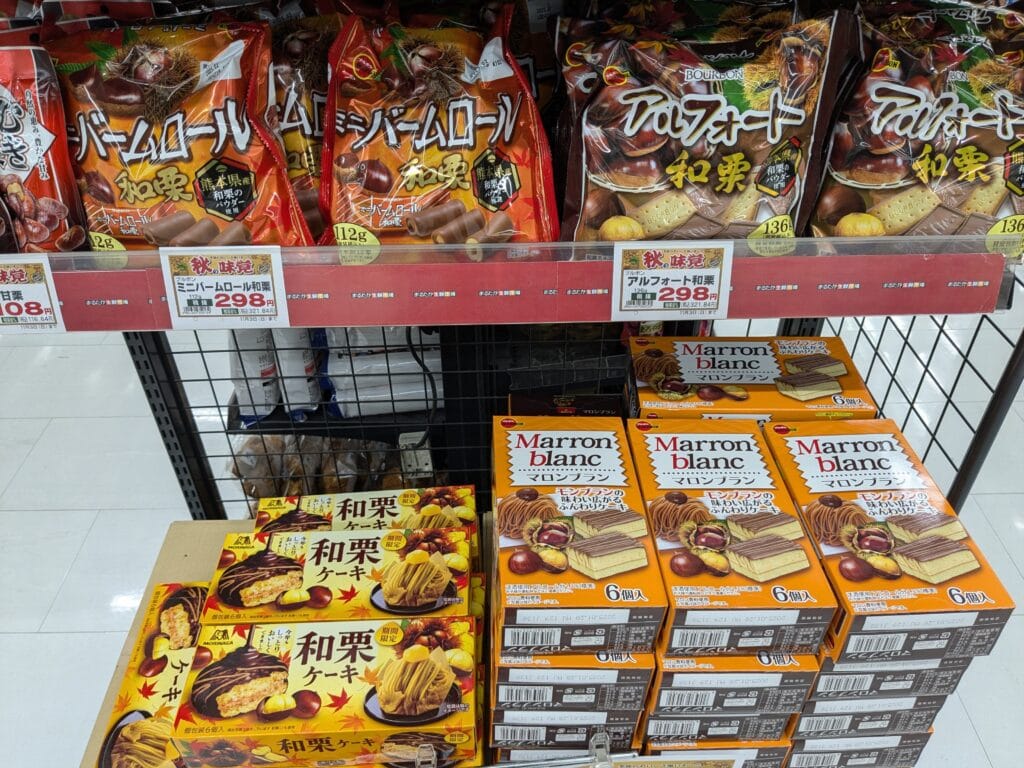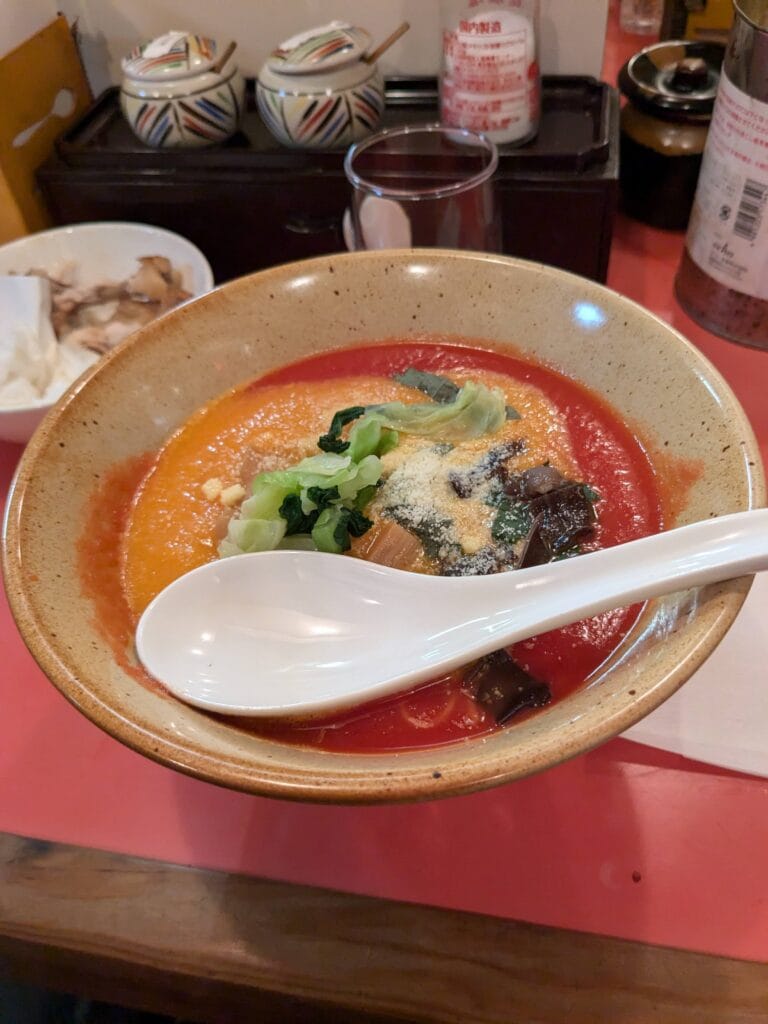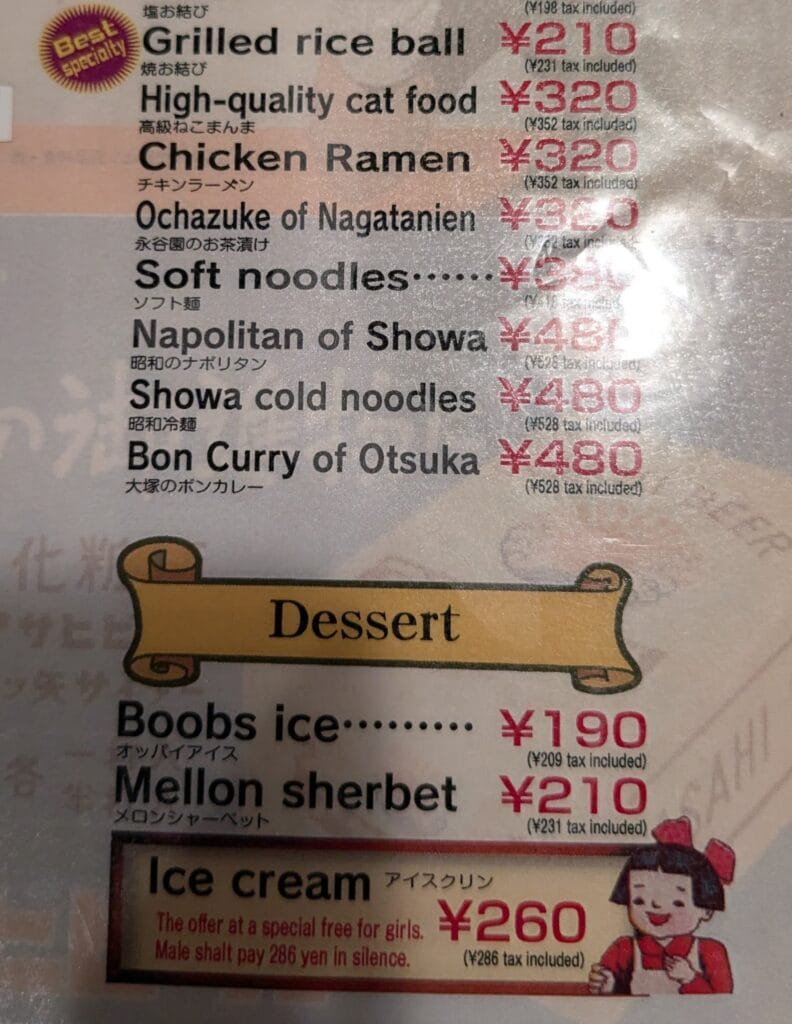Sushi and beyond- how healthy is the Japanese cuisine?
When people think of Japanese food, certain images come to mind: the mouthwatering tender Wagyu beef from cows pampered with massages, fresh sushi available on every streetcorner, and, of course, that Japanese cuisine is the epitome of healthy eating. While some of these assumptions may be true, we quickly learned that not everything on the Japanese menu is as virtuous as it seems. In fact, the most common dishes around us are a variety of Japanese curries, hearty bowls of ramen, and other indulgent comfort foods like yakitori and fried chicken with mayonnaise. It sounds delicious (and it usually is) but healthy? Nah.
Common misconceptions
Sushi of course is on everyone’s thoughts when thinking of Japanese food, and we can only confirm there are many good options out here and it is easy to get good quality sushi around Japan. Sushi is not just a delicacy here; it’s part of everyday life. Depending on how you choose to eat it, it can also be a healthy option. Just the other day, we were cycling with a group from Nagasaki along the coast, soaking in the stunning ocean views. Viola pointed out a cluster of jellyfish bobbing in the water, which quickly captured everyone’s attention. The cyclists gathered, gazing at the sea and nodding in agreement: jellyfish, they assured us, makes excellent sushi!
Though sushi might be a healthy option, in reality, much of Japan’s everyday cuisine deviates from the healthy image often portrayed abroad. Take Japanese curry, for example; deliciously rich and comforting, but loaded with carbs and fats. Or ramen, an iconic bowl of noodles submerged in a savoury, sodium-laden broth. Then there’s yakitori—‘yaki’ meaning grilled and ‘tori’ meaning chicken—a popular dish consisting of skewered, grilled chicken pieces, but covered in rich, salty sauces. And beware, they grill every part of the chicken, from skin to organs, so choose wisely! For a quick meal, many people turn to supermarket-prepared lunch boxes, which often feature sushi, fried items, or tempura; once healthy vegetables that are battered and deep-fried. Even if you manage to pick a seemingly healthier option, it’s not uncommon to find it drenched in mayonnaise. Delicious, no doubt, but you can see where this is going…
So this makes you wonder, just how healthy are the Japanese? They live long lives, walk everywhere, and generally appear fit and healthy. Everything seems to be in order… until you dig into the statistics and discover a high incidence of vascular diseases, largely linked to their salt-heavy diet. Moreover, while Japan’s obesity rates are still a far cry from those in the US or Europe, the numbers are slowly creeping up. To add to this, vegetables can be quite pricey, and fruit is highly seasonal with limited options. This doesn’t exactly make whipping up a healthy, home-cooked meal the most appealing option. Nevertheless, Japanese people seem to exercise a lot, walking long distances each day and being disciplined as they are, keeping their portions small without having too many snacks during the day.
So yes, Japanese food can be incredible, but don’t be fooled…your waistline might not thank you for it! Fortunately, we don’t have to take the mandatory employer health check, because measuring waistlines is definitely a thing here. Not sure we’d pass that one 😉

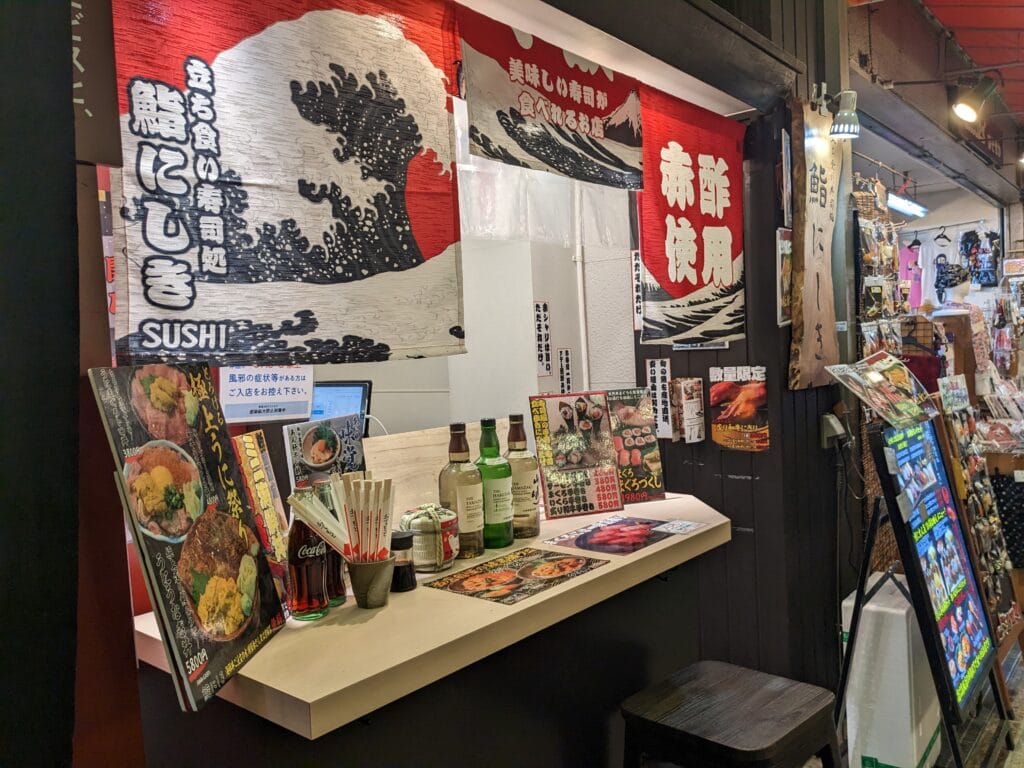

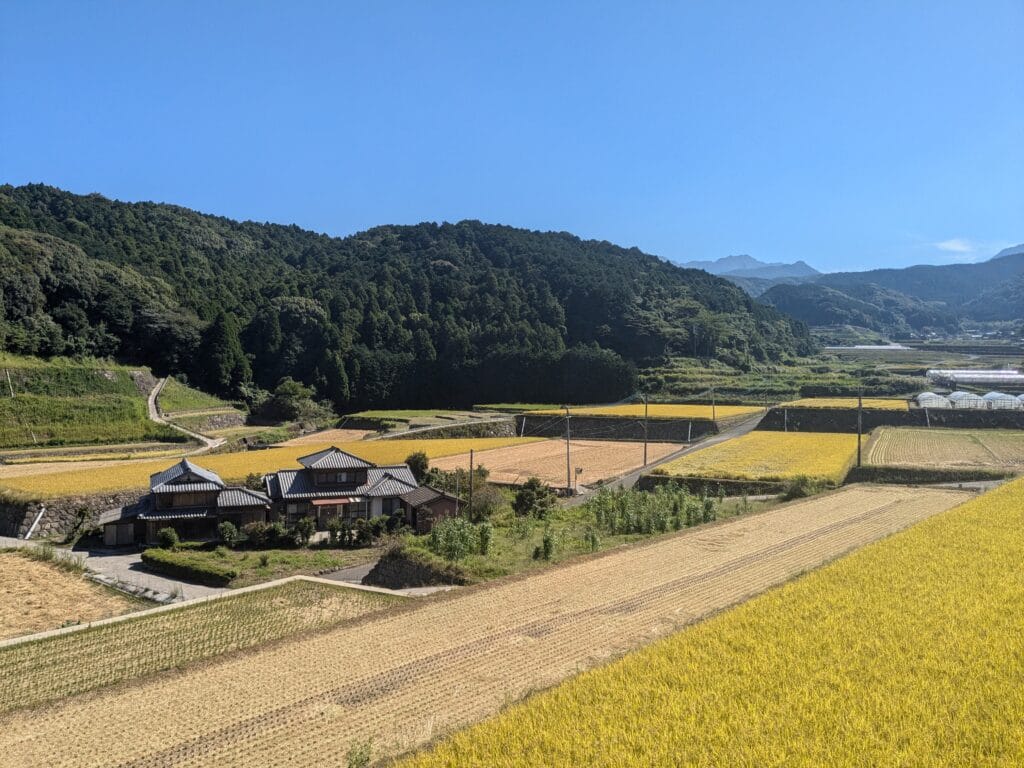
Types of restaurants
By far the most popular restaurants are the Izakaya. Imagine an Izakaya as a pub where the food is just as important as the drinks, if not more! It’s like a culinary buffet where you can enjoy a variety of small dishes (called ōtsumami) from skewered delights to crispy fried goods, all while sipping on some sake or beer. It’s the place where you can forget about your stressful life and share the latest work gossips, until either the food or the drinks urge you back home. One of the best restaurants we visited was a 50’s-themed Izakaya, complete with retro vibes and to our surprise, an English menu. You’d think that would make ordering easier, but nope. Among the delicacies were ‘high-quality cat food’, ‘hormone stewed dish’, and ‘boobs ice’. We’re adventurous, but this time we rather opted for the grilled cheese and gyoza…
There are also numerous family restaurants, where you will always find yourself in a cozy booth, and where kids can be as noisy as they want. Their giant menus will offer an abundance of three-course meals for no more than 10 euros, and in many places you’re even served by robots! Just remember to send them back to the kitchen after taking your order to avoid any awkward moments, like Viola’s attempt to rotate the robot by pushing every button on the darn thing, which drew many glances from other customers.
For a quick and convenient meal, there are numerous popular chain restaurants to choose from. Coco Curry House, renowned for its rich, flavourful curries, is a well-known favourite. Other popular options include Sukyia and Yoshinoya, known for their hearty gyudon (beef bowls), and Mosburger, a domestic alternative to McDonald’s.
And there are small local restaurants where you will often get seated at the bar, because it only fits one or maybe 2 tables. What we have observed is, that these places usually look very inviting from afar, with their glowing lanterns and warm lights. But when you get closer and are about to step inside, there’s this moment of hesitation. You want to take a peek and see if it’s lively inside, check if there’s space, and feel out the atmosphere. Yet, more often than not, that’s impossible, because the windows are blinded!
And believe or not, convenience stores (konbini) in Japan also offer surprisingly delicious dishes, including healthy salads and a wide variety of meals. Of course, you’ll also find some odd things on the shelves; octopus intestines, dried fish skin, who doesn’t want to try? But on the other hand, the smoothie machines at 7-Eleven and the steamed buns at FamilyMart are absolutely top-notch!
The funny thing is, despite having many popular dishes and culinary traditions of its own, there seems to be a fondness for Italian food here. You’ll find many popular Japanese “Italian” restaurant chains where the menu is more of a fusion (or perhaps an interpretation) of Italian cuisine, such as the ‘Saizerya’. But we’re pretty sure if you brought an Italian person inside, they’d be horrified after just one bite…
Our top 5 things to try (so far)
When coming to Japan we already prepared a list to get you started on the healthy (and not so healthy) items of the famous Japanese cuisine:
1: Gyoza. Usually we cannot resist a pot of perfectly pan-fried dumplings. Gyoza are a staple in many restaurants and are also easy to whip up from supermarket versions. Plus, they’re often promoted with a cold glass of beer; talk about a winning combo.
2: Sashimi. A must-try when visiting Japan! Sometimes even tastier than sushi, sashimi consists of freshly cut raw fish and some wasabi and soy sauce let the flavours shine. And with the sea just a stone’s throw away in every corner of Japan, you’ll have no shortage of fresh fish to savour.
3: Ramen. We know we didn’t exactly promote this as a health food, but it’s just too delicious to resist! Just try to avoid finishing the broth to keep your salt intake in check. It’s the ultimate comfort food, especially on a chilly day. The classic tonkotsu broth is fantastic, but we also regularly sample different types such as tomato ramen, which have never disappointed us so far.
4: Onigiri. Onigiri (rice ball) is a beloved snack found everywhere in Japan, from convenience stores and street markets to restaurants. Simple yet very satisfying, this rice ball is often filled with a variety of ingredients such as meat, fish, or vegetables, all wrapped in a layer of crisp seaweed. It’s the perfect snack when you need a quick bite on the go.
5: Ice Cream. Did you know that Japan has a serious love for milk ice cream (aisu kurīmu)? With cows roaming around in the rich grasslands, there are countless ice cream shops that are known for their delicious soft serve. Plus, every supermarket offers perfectly acceptable mint chocolate chip ice cream and refreshing lime sorbet. They’ve definitely got us hooked!
Let’s wrap up with a few famous dishes we haven’t tried yet and maybe never will… like Natto (fermented soybeans, infamous among foreigners for both its smell and slimy texture), Oden (a collection of mysterious floating items in a savoury broth), or Takoyaki (octopus-filled dough balls). We’ll keep you posted if we ever find the courage to try them!




